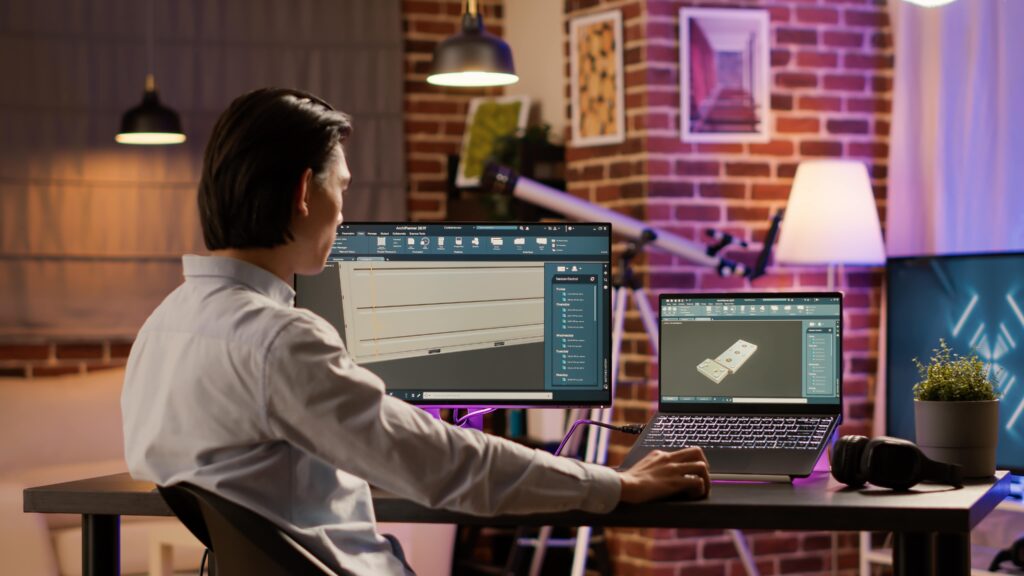Animation lighting artist jobs are dynamic and essential in the world of animation. These professionals are responsible for creating captivating animated worlds through the use of lighting effects.
Their role goes beyond just illuminating scenes; they are storytellers who use light to evoke emotions, set the mood, and enhance the visual appeal of animated projects.
What Does an Animation Lighting Artist Do?
Animation lighting artists play a crucial role in the animation production process. They work closely with directors, animators, and other team members to design and implement lighting effects that bring animated scenes to life.
By manipulating light sources, adjusting brightness and contrast, and considering factors like color temperature and shadows, animation lighting artists create immersive and visually stunning worlds that draw viewers into the story.
Skills Required for Animation Lighting Artists
To succeed in animation lighting artist jobs, professionals need to possess a diverse set of skills:
- Technical Proficiency: Proficiency in lighting software such as Maya, RenderMan, or V-Ray is essential for animation lighting artists. They must have a deep understanding of how to manipulate light sources, create realistic lighting effects, and work with various lighting techniques to achieve the desired visual impact.
- Creativity: Animation lighting artists need to have a strong creative vision and the ability to think artistically. They must use lighting to enhance the storytelling of an animation, create mood and atmosphere, and evoke emotions in viewers. Creative thinking and a keen eye for detail are essential skills for this role.
- Attention to Detail: Attention to detail is crucial for animation lighting artists. They must pay close attention to subtle nuances in lighting, shadows, and reflections to create a realistic and visually appealing final product. Precision in adjusting lighting effects is key to achieving the desired look and feel of animated scenes.
- Collaboration: Collaboration is an essential skill for animation lighting artists, as they work closely with directors, animators, and other team members to bring the vision of a project to life. Effective communication, teamwork, and the ability to incorporate feedback are vital for creating cohesive and visually impactful animated sequences.
- Problem-Solving: Animation lighting artists need strong problem-solving skills to overcome challenges and find creative solutions to lighting issues. Whether it’s troubleshooting technical issues, achieving a specific lighting effect, or working within project constraints, the ability to think on their feet and adapt to changing circumstances is crucial in this role.
Conclusion
Animation lighting artists play a vital role in creating visually captivating and emotionally engaging animated worlds. Their technical expertise, creativity, attention to detail, and collaborative skills enable them to enhance storytelling through lighting effects.
By mastering these key abilities, animation lighting artists bring scenes to life, leaving a lasting impact on viewers.
Key Takeaways:
- Animation lighting artists are essential storytellers in creating captivating animated worlds through lighting effects.
- Skills required include technical proficiency, creativity, attention to detail, collaboration, and problem-solving.
- For a strong foundation in the animation industry, consider the NYU Animation Industry Essentials online course by Yellowbrick.








